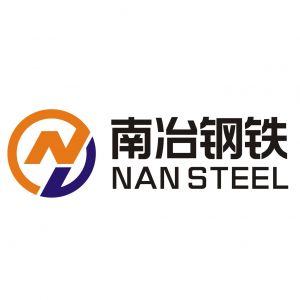How to distinguish the quality of seamless pipePosted by chase Liu on July 5th, 2023 Seamless pipe is a pipe with a hollow section that is used in large quantities to transport fluids. Compared with welded steel tubes, seamless pipes are lighter in weight when they have the same bending and torsional strength, and are an economical cross-section steel.Distinguishing the quality of seamless pipes requires careful evaluation of several factors. Here are some key aspects to consider when assessing the quality of seamless pipes: Manufacturing Standards: Seamless pipes should conform to recognized manufacturing standards such as ASTM (American Society for Testing and Materials), API (American Petroleum Institute), or specific industry standards. These standards specify the requirements for materials, dimensions, mechanical properties, and testing procedures, ensuring consistent quality and performance. Material Grade and Composition: The material grade of the seamless pipe is critical in determining its quality and suitability for specific applications. Check if the pipe is made from the appropriate material grade, such as carbon steel, stainless steel, or alloy steel, and ensure that the chemical composition meets the required specifications. Material certificates and mill test reports can provide detailed information about the composition and properties of the pipe. Dimensional Accuracy: Accurate dimensions are essential for seamless pipes, especially when they need to fit with other components or systems. Check the outer diameter (OD), wall thickness, and length of the pipe against the specified requirements. Make sure seamless pipe sizes are within acceptable tolerances and consistent along the length of the pipe. Surface Finish: Examine the surface finish of the seamless pipe for smoothness, uniformity, and absence of defects. The surface should be free from cracks, pits, scratches, or other irregularities that may affect the pipe's integrity or performance. Additionally, ensure that the pipe has undergone appropriate cleaning and rust protection measures. Mechanical Properties: The mechanical properties of seamless pipes determine their strength, ductility, and resistance to various forces and conditions. Check the specified mechanical properties, such as tensile strength, yield strength, elongation, and hardness. These properties should meet the requirements specified by relevant standards or project specifications. Non-Destructive Testing (NDT): Non-destructive testing methods, such as ultrasonic testing, magnetic particle inspection, or radiographic testing, can provide valuable information about the integrity and internal quality of the seamless pipe. Verify if the pipes have undergone NDT as per the applicable standards and examine the test reports for any indications of defects or inconsistencies. Quality Assurance Systems: Reliable manufacturers often have robust quality assurance systems in place to ensure consistent production and adherence to quality standards. Check if the manufacturer has relevant certifications, such as ISO 9001, which demonstrates their commitment to quality management. Supplier Reputation: Consider the reputation and track record of the supplier or manufacturer. Look for feedback from previous customers, industry certifications, and any relevant accreditations that reflect their reliability and commitment to quality. By considering these factors, you can make a more informed assessment of the quality of seamless pipes and ensure that they meet your specific requirements and industry standards. Like it? Share it!More by this author |


